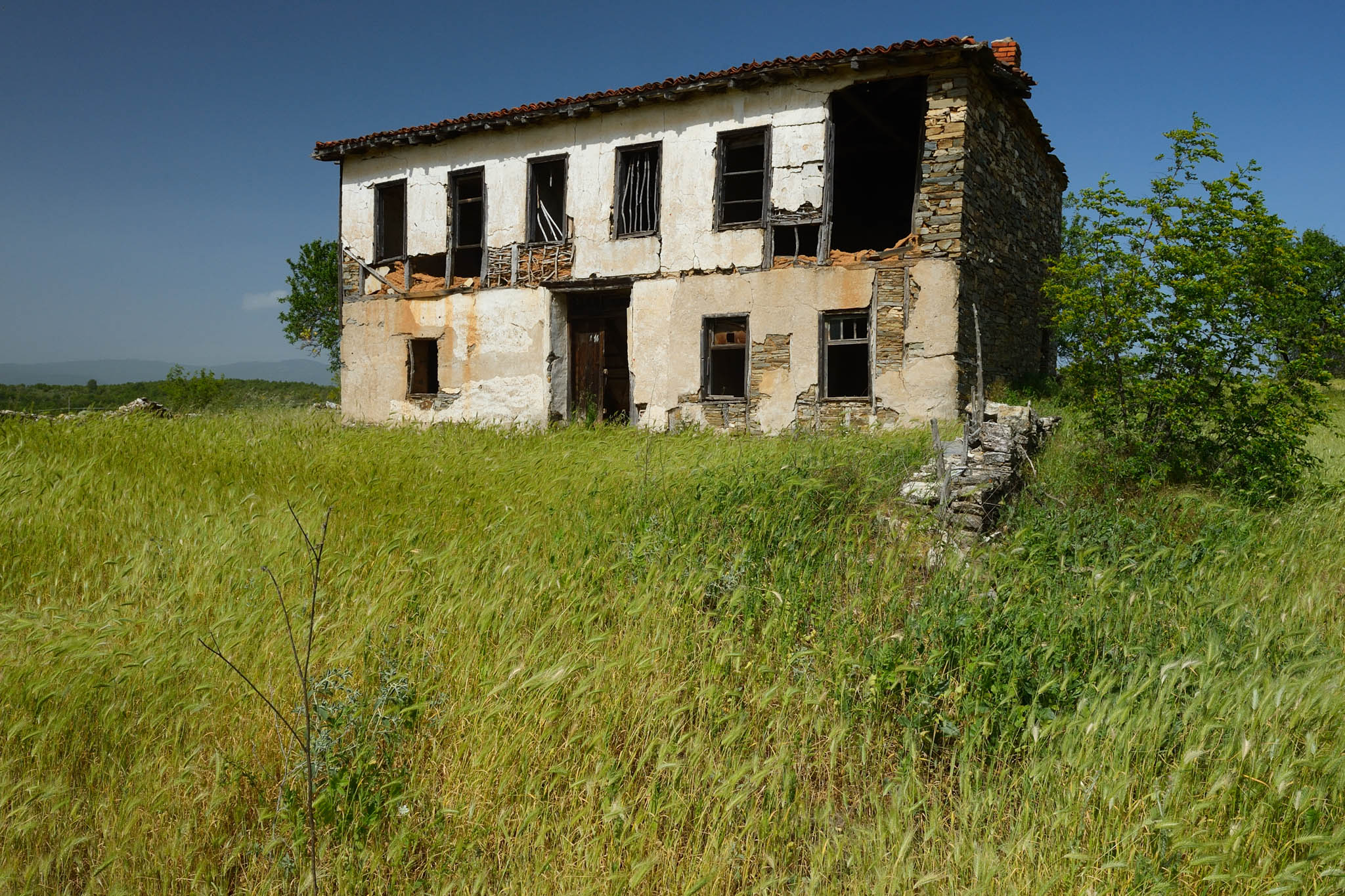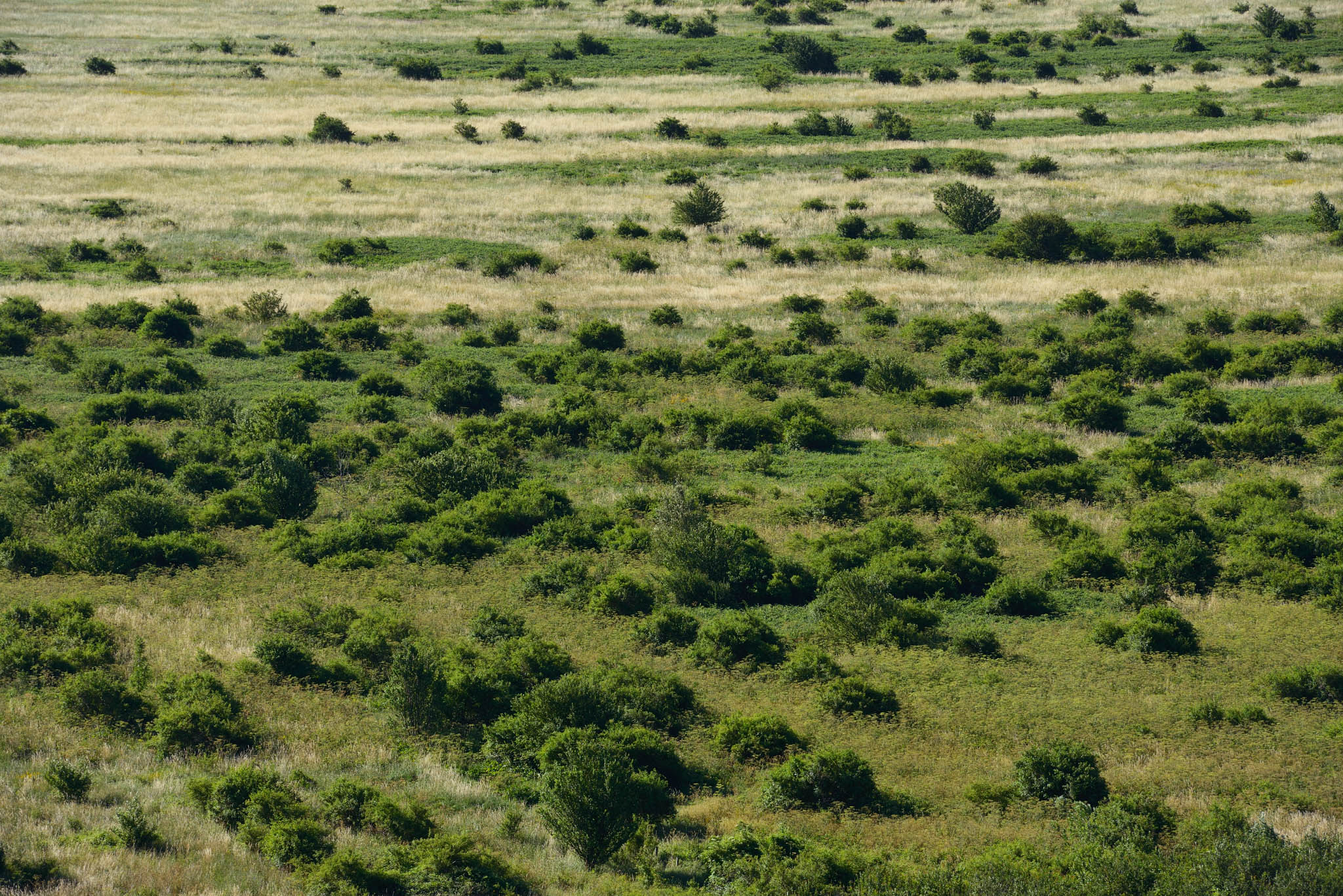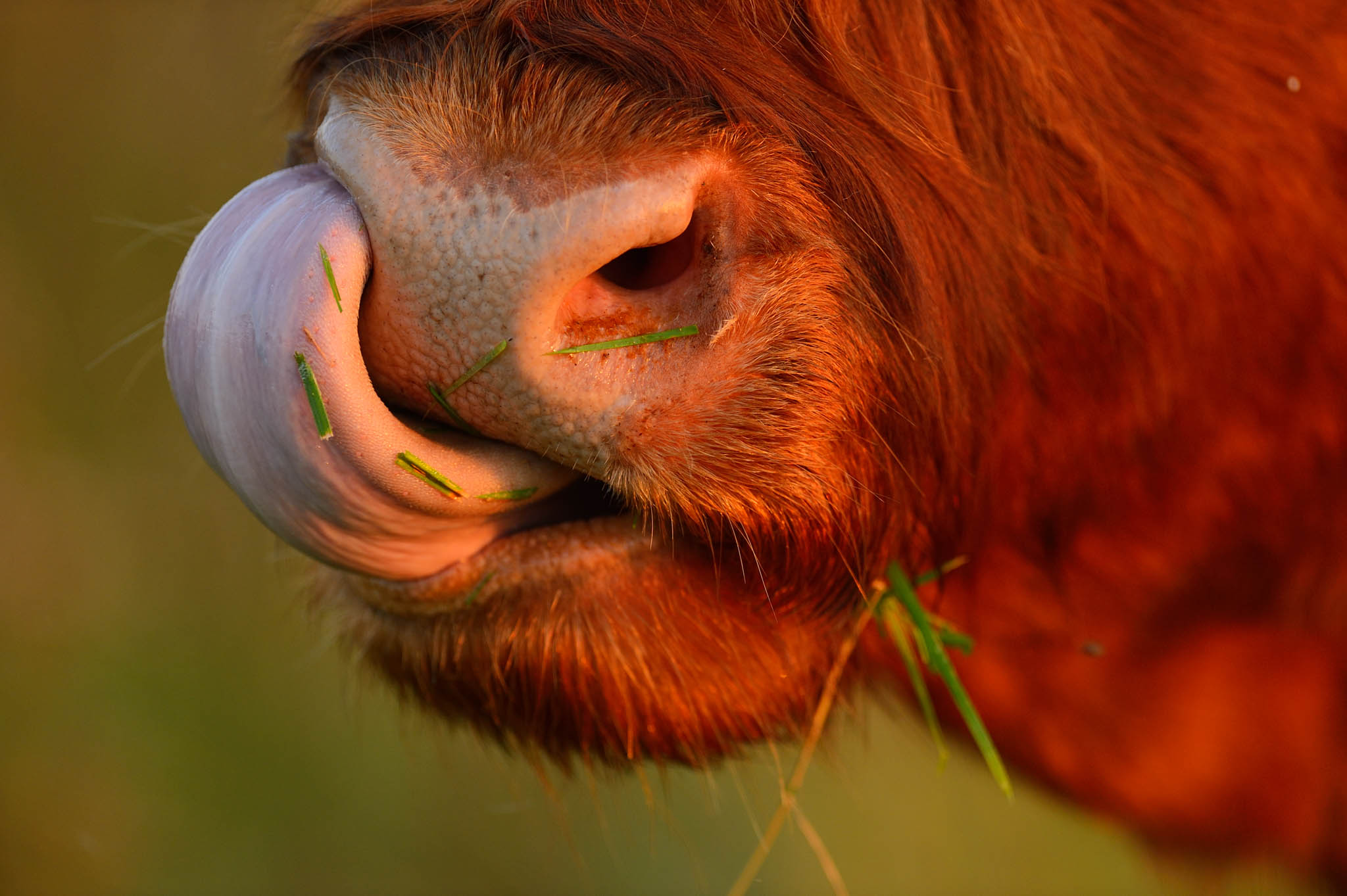Acronym:
GRAZELIFE
Reference Code:
LIFE 18 PRE/NL002
Duration:
3 years.
Start date 01-01-2019.
End date: 31-12-2021
Total budget:
€ 833,325
EU contribution:
€ 499,995
Project focus
On request of the European Commission the LIFE Preparatory Project GRAZELIFE aims on improving implementation possibilities of different grazing models – both by domestic and wild/semi-wild herbivores – to identify the most (cost)effective means to maximise / promote wildfire prevention, climate adaptation, the provision of multiple ecosystem services, landscape and nature conservation, and to minimize human-wildlife conflicts, by maintaining long-term stable and resilient ecosystems.
This Project is co-funded by the LIFE Programme of the European Union.
Coordinating beneficiary:
Objectives
Description of different grazing models and their (cost)effectiveness for biodiversity, wildfire prevention, reduction of human-wildlife conflicts, climate adaptation and ecosystem services, compared to other land management-systems (including mowing, land abandonment and reforestation), specified for different European regions, and substantiated with case studies.
Build a robust knowledge-base with respect to effectiveness and cost-efficiency of different grazing models.
Analyse and map factors that facilitate, impede or restrict the implementation of the most effective grazing models (financial, social-cultural, political, physical, ecological, administrative, technical, etc.)
Formulating recommendations for the EU to adapt relevant policies, legislation and subsidies in a way that will promote the most effective models for land management and enhance coherence with EU-targets on biodiversity, the restoration agenda, reduction of human-wildlife conflicts and climate adaptation.

Vast areas of Europe have been abandoned in recent decades or will be abandoned in coming decades: current levels of abandonment of land in rural areas in the EU are 0,5-1 mio ha/year. This has severe, and often negative, consequences for the biodiversity and ecosystem service provisioning in the abandoned land.

Land abandonment causes large scale bush-encroachment and spontaneous massive forest regrowth, which can not only lead to the disappearance of small scale cultural and mosaic landscapes, but also to a loss of biodiversity (ca. 50% of the biodiversity on land is directly or indirectly related to herbivory). In addition, this process also has consequences for ecosystem services and disservices. Through the higher availability of fire fuel, bush-encroachment could lead to increased risks of wildfires (especially in the Mediterranean region), a risk which becomes increasingly relevant with climate change.

Traditional measures to stop this process, like mowing or herding sheep, are relatively expensive compared to the natural processes that keep landscapes open, like natural grazing. On top of that, promotion of grazing with traditional livestock – while associated with valuable traditions and cultures – may also often lead to increasing human-wildlife conflicts, for example with large predators. Natural grazers are able to learn to defend themselves, and predation of wild herbivores does not conflict with human interests.

First experiments with natural and semi-natural grazing show that such policies can promote wildlife-based tourism, carbon credits and sales of regional products (e.g. wild meat), and thus create viable business opportunities for landowners and -users. However, this model is financially, legally and politically poorly supported compared to other land management options like mowing or ploughing grasslands, although the latter may have less positive (and in many cases even a negative) impact on EU-targets for biodiversity and climate adaptation/mitigation.

Ecologically there might be challenges as biodiversity targets are mostly defined in terms of species and fixed habitats – instead of complete ecosystems – often leading to conservation regimes that limit the functioning of ecological processes on a larger scale. Allowing spontaneous forest regrowth and herbivory as antagonistic processes in a landscape of shifting mosaics – where all species of grassy and wooded landscapes, and all the gradients in between, find their place but in moving patterns – is a management option that deserves more attention.

Therefore, the following questions need to be addressed/resolved:
- Which land management models – with a focus on grazing models – have most beneficial impacts regarding EU targets on biodiversity, climate adaptation, reducing human wildlife conflicts and reducing fire hazards?
- Which policies and subsidy-systems promote, or pose barriers, to implementation of these models?
Expected results
Ready-to-use information on practically tested grazing models, differentiated to the regions of Europe, including a practitioners’ guide how to adopt such new models.
Clear and practical recommendations to the European Commission and Member States to facilitate (or at least not hamper/disable) these models via their policies, legal systems and subsidy systems.
As soon as these grazing models are adopted and/or incorporated in European and Member State policies and subsidy systems, a substantial and positive impact can be expected on improved biodiversity, carbon sequestration, and reduction of fire risks in those places (EU-wide) where the models will be applied.